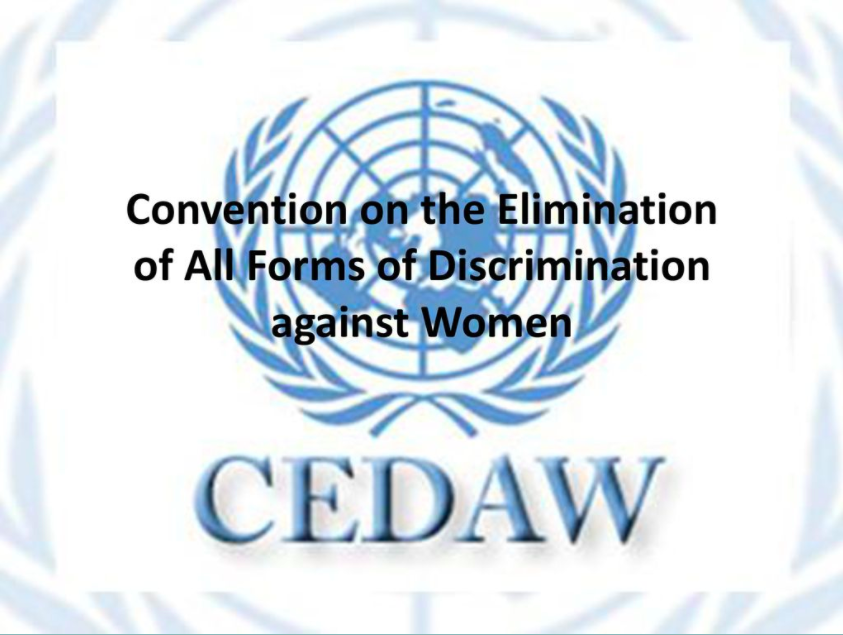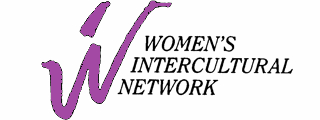
Gail James, Chair of Women’s Intercultural Network CEDAW Committee
The Cities for CEDAW Campaign is pleased that there are 10+ Ordinances in cities across the country. There are 36+ cities with Resolutions. This indicates that ordinance are less “easy” to enact in our cities. Let’s review the reasons and offer some perspective:
- Resolution as Statement of Support; it is a Philosophical Commitment to an Idea or Concept. It is not a legal document or mechanism.
- Many cities begin here. Important 1st step to set foundation; not legally binding, yet sends message, and communicates relevance of CEDAW and human rights for women and girls.
- Path to Resolution works best when coalition-building has developed ground-up interest and support. Presentations, discussions, workshops on elements of C4C and request for city action will develop necessary relationships among relevant organizations, public officials and other allies.
- Once Resolution is crafted and approved, public messaging is advisable to signal to the community that public officials support human rights and action to address discrimination against women and girls. Press release, press conference, organizational newsletters and/or social media dissemination promotes the message of energy and commitment. Stage is set for next phase!
- Most difficult path: getting to an Ordinance. One city official has been quoted: “we’ve done enough for women.” BUT many other municipalities have found it works well to solidify relationships with council members, department heads and agency allies, leading to on-going discussions about the Ordinance sought.
- Don’t forget: while C4C website resources provide toolkits, templates and examples of cities’ experiences, there is NO ONE WAY to develop an ordinance. It must fit the city, the issues, and the officials who will support and vote for it.
- Sometimes, a city might find immediate support and approval. Others experience delays, questions and challenges that take time, even years.
- In my experience, in Kansas City, we have endured through 3 City Councils and 2 Mayors. Since a Resolution in 2015, our Women’s Equality Coalition has been actively pursuing an Ordinance. We are now close: we expect an Ordinance in 2021.
Here is a primer for such a situation:
- Persist! Be assertive! Fearless, if you can! If you can’t, recruit colleagues who can. It will make the difference.
- Make calls to Mayor’s office, Chief of Staff, City Manager; ask for meeting. Bring 1 or several allies, especially those with clout: Foundation CEO, employment administrator; university personnel, board members of UNA or officers of your coalition organizations; include constituents. Continue to stay in contact with city officials, including their assistants; don’t let them forget your name or your purpose.
- Share materials; prepare a brief powerpoint or download documents from C4C website: what it is, why it is needed, what you are asking for. Resources available: fact sheets, city press releases, official videos of mayors in support.
- Do homework and research; for example, you can find out how much city has had to pay out for discrimination cases. This is a powerful datum to remind city officials that discrimination costs and anti-discrimination measures are worth it.
- Then, set up next round of meetings with City Council members, through their staff. Start with your own council member. Be brief, clear and focused. Message: There is discrimination that all women and girls encounter; here is a policy tool to address and rectify. Give examples. Call attention to other like-sized cities who have moved down this path.
- We have asked them to green light our request. BUT: When red light is flashing, go lateral. This may not be a direct path. Don’t count on any one office or official to move. Set meetings with as many officials as you can. Recruit organizational partners to join; train them via workshops to know more about C4C and how to address issues. Keep working over the months; it is often a long journey.
- Don’t forget allies: Human Rights Commission, Human Resources Dept., racial and ethnic organizations, economic development agencies, labor and Women-owned business networks, university departments, researchers, LGBTQ+ groups, Gender-based Violence networks. These affinity groups must be included in outcomes, so including them early on will bear fruit and create the solidarity that you will require.
- Take a look at prior Ordinances. There are relevant policies, charters, or codes on the books that can be used as a basis for amendment to current needs. This might allow Council members to support proposal more easily.
- Meanwhile, celebrate local women of achievement, esp. in city departments, boards, commissions and local agencies. This reminds everyone that we are watching.
- If barriers and time are in the way, go lateral even further. Identify some particular element of discrimination and work on that: e.g. Salary History, Evictions, Assault and Violence data. Maybe Council will approve minimum wage increase, or address housing/homeless issue. Publicize these as successes of anti-discrimination and support for women and girls.
- Meanwhile, be working with HR, asking about employment data, leading you to discuss the Gender Analysis that will be included in the Ordinance language.
- Review with coalition members how you want the follow-through to be: A Commission of Council-appointed members, or a Task Force of coalition appointed members? How will the language read for evaluation and enforcement of the work? How will the budget be allocated? Is Legal on board? What entity will oversee the data and research essential to make an Ordinance effective and evolving? How will implementation work and be enforced?
- In conservative localities, pay attention to the red flags of words and concepts: the UN, international treaties, human rights, abortion, women’s health, sexual and racial discrimination language, CEDAW itself. Be strong, but be clear on signals. Officials may not want to hear about “blue” San Francisco or New York examples, but might relate to the work in Cincinnati, Louisville or Bozeman.
- Most importantly: how will you and your coalition members be involved in the enforcement mechanism? This is crucial, since we do not want empty policy voids. We want effective, meaningful public policy, and while it aspires to the ideal, it must adhere to the legal and political realities of your city.
- Ordinance approval: celebrate, publicize, tell public about short and long-term goals; keep coalition alive by action plans and outcomes assessment information in social media, press releases, etc.
- Remember Light and Heat; Teeth and Claws: You are bringing light to shadowy areas of discrimination, as well as heat to stir up Council action. As Cities for CEDAW mentor, Krishanti Dharmaraj, points out: Ordinances must have teeth to be effective and claws to make a difference against barriers. It has to be Real and Vital to Support the Lives and Well-Being of Women and Girls.
Onward! Keep Going! You are on the Right Side of History!
The content of this post was presented to C4C Quarterly Meeting, September 25, 2021
